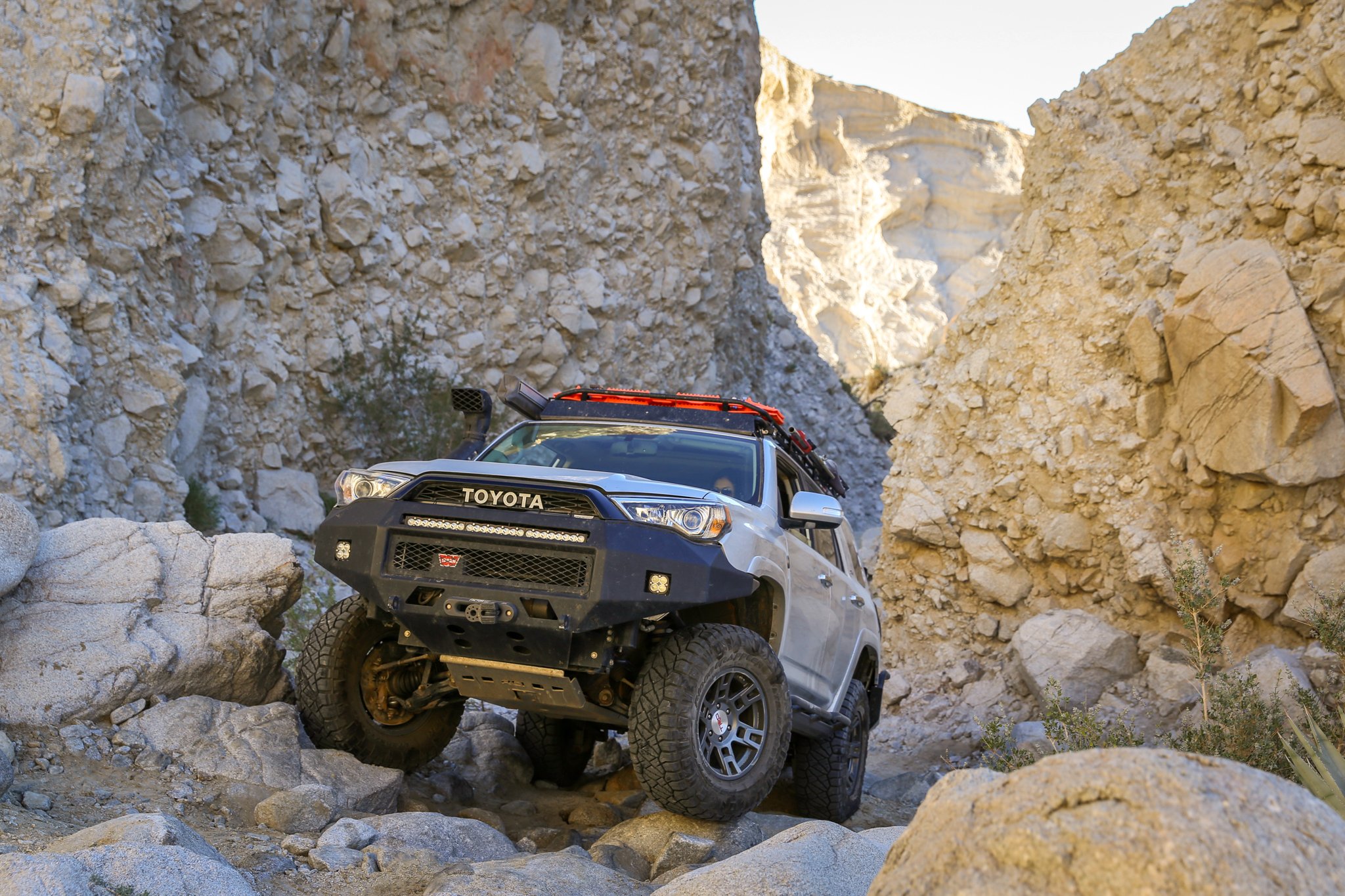SteadfastRocky
Supporting Vendor
I'm quite sure that I have an excessive movement somewhere, in a ball joint or a control arm or some bushings or a rod end, etc. And probably in multiple of the above.
The experience is like a rattling, not a little rattle but a rattling motion of major weight bearing components.
Alignment, balance, and brakes are an exacerbating factor, and maybe if those were perfect the underlying problem would be asymptomatic, but I am sure that it's not just any or all of those three.
There's a lot of anecdotes of vibrations that are independent of large components that have plagued the GX and 4runner platform for years, some manifest at 20k some manifest at 100k.
If you are feeling feedback through the wheel, the rack isn't the first place I'd look, I'd do what Richard and I said, even stuff like tire and wheel balance on these trucks makes an absolutely huge difference in road manners in Toyotas. I've had to go to 2-3 tire shops before to get a proper balance.
The diagnostics of this are pretty simple start with a jack/jack stands and a pry bar, and push and pull on stuff. Nut and bolt the whole thing and get a base line of the mechanical condition.
Are you running aftermarkets? Which ones if so?I've had that feeling when the UCA bushings wore out.

